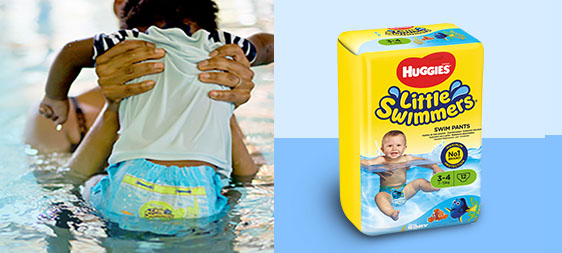Start reading to your child from the moment he or she is born. It is never too early to encourage your child to develop a love of reading.
Read to your child every day. Make it an expected and enjoyable part of your child’s daily routine – especially as part of their night time routine before going to sleep.
Make reading fun! If you enjoy reading, they will enjoy it too. They will learn to associate reading with pleasure.
Choose books that your child can relate to; books that encompass their life experience.
Create a personal connection between your child and a book.
Create books with your child – about them, about their family, school, life, or interests etc. It’s a great way to encourage a love of books.
Make sure your child sees you reading, whether it’s a book, the paper or even the cereal box. If they see that you enjoy reading, they will want to read too.
Don’t choose books that are too long or complicated for your child’s age and experience. If they are exhausted and confused by the experience, they won’t want to continue.
Take your child to a regular story-telling session at your local library. These are often followed by arts and crafts activities, and your child will associate reading with fun and pleasure.
Praise all your child’s attempts at reading, even when they are young and are only ‘reading’ from memory or are making lots of mistakes. Any effort made should be praised and rewarded.
Buy them books as gifts or surprise rewards for good behaviour.
Tips for parents
Read to your child every day.
Make reading aloud part of your child’s routine. Children love regular routines – it helps them to feel secure. Reading to your child is a great way to end their day and the perfect way for you to settle them before bedtime.
Choose books that your child can be involved with – books with repetition, rhyme, predictable stories or books with word patterns in them. Studies have shown that these types of books, shared with a child, will significantly improve the way a child learns words.
Choose age-appropriate books with subject matters that interest your child.
Use chunky board books for young babies. They’ll come out okay even when they spend more time in your baby’s mouth than in their hands. There are wonderful plastic and cloth books available that can even join them in the bath or the sandpit.
Don’t try to ‘teach’ your child when you’re reading with them. Make reading fun. Let your child interrupt, ask questions and tell you the story if they know it.
Be expressive when you read. If you’re excited about reading and books, then your child will be too.
Even when your child can read, keep reading to them.
Put their books on a low shelf or in storage tubs that they can easily reach and access.
Make books with your child. It helps encourage reading and it’s great family time too. Use pictures of your child, family members, pets, toys, or other things your child may be familiar with on each page. Try gluing on a piece of sandpaper, fabric, or other textured items that your child can feel. Write a word or a couple of words in large, clear letters under the pictures and join it all together with staples or ribbons.
Supportive reading techniques
A child that enjoys reading is more likely to pay attention and this is essential for learning to take place. Here are a few ‘Supportive Reading’ techniques that parents can adopt to encourage reading enjoyment.
Let your child turn the pages at their own pace. If they want to flick forward ahead of the story then that’s okay.
Words are not that interesting to very young children who don’t necessarily understand them. You can make the reading experience more interesting by referring to the pictures and making links with your child’s everyday life. Don’t be afraid to divert from the story. Young children love it when connections are made to things in their own life.
Interaction and embellishment of stories is one of the most supportive things a parent can share with their child when reading. It helps to make books fun.
Rather than correcting pronunciation, support your child’s understanding. Their technique will improve with familiarity to words and sounds.
For more information see Reading to children or Parenting.






















